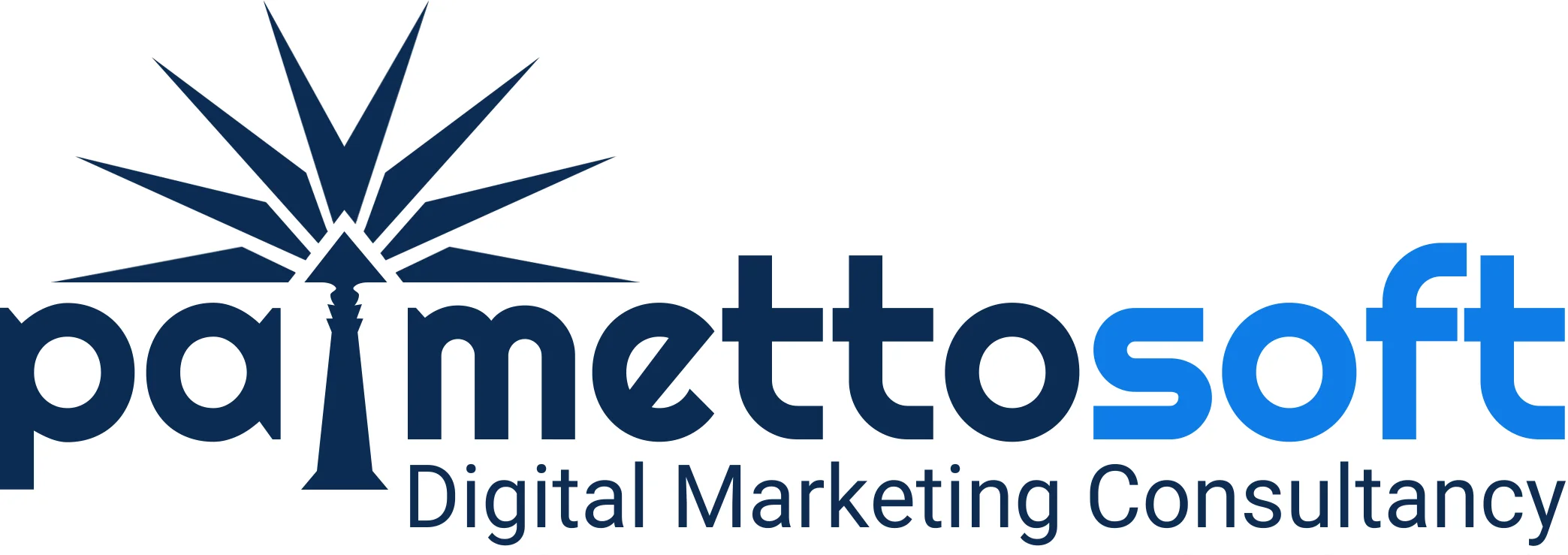In the web design process, content collection is a critical step that often determines the success of the final product. While design, navigation, and functionality are essential components of a website, the content is what ultimately engages users, conveys the brand’s message, and drives conversions. The content collection phase involves gathering all the text, images, videos, and other media that will populate the website. This step ensures that the design aligns with the content and that the final site effectively communicates with its audience.
In this blog post, we’ll delve into the content collection process, discuss its significance in the web design workflow, and offer best practices to ensure that your content collection is thorough, organized, and aligned with your website’s goals.
Why Content Collection is Crucial in Web Design
Content is the backbone of any website. It’s the information that users come to your site to find, whether they’re looking for product details, educational resources, or contact information. Here’s why the content collection phase is so critical:
1. Aligning Design and Content:
The content dictates the layout and design of a website. A design that looks beautiful but doesn’t accommodate the content effectively can lead to a disjointed user experience. By collecting content early in the process, designers can create layouts that complement and enhance the content, ensuring that the final website is cohesive and user-friendly.
2. Improving User Experience:
Content that is well-organized, relevant, and easy to read enhances the user experience. During the content collection phase, it’s important to focus on quality and consistency to ensure that users can quickly find the information they need and understand the message being conveyed.
3. SEO Optimization:
Content plays a vital role in search engine optimization (SEO). Well-crafted, keyword-rich content helps improve the website’s visibility in search engine results, driving more organic traffic to the site. Collecting and organizing content with SEO in mind ensures that your website is optimized from the start.
4. Meeting Deadlines and Staying on Budget:
Delays in content collection can stall the entire web design project. By prioritizing content collection early in the process, you can avoid costly delays and ensure that the project stays on schedule and within budget.
Key Elements to Consider During Content Collection
1. Text Content:
Text is the most fundamental component of a website’s content. This includes everything from headlines and body copy to product descriptions, blog posts, and FAQs. During the content collection phase, it’s essential to gather all the text content that will be needed for the site. This content should be well-written, free of errors, and tailored to the needs of the target audience.
Additionally, consider the tone and voice of the content. The way content is written should reflect the brand’s personality and resonate with the target audience. For example, a professional services website might use formal language, while a site targeting younger users might opt for a more casual, conversational tone.
2. Images and Graphics:
Visual content is a powerful tool for engaging users and conveying information quickly. During content collection, gather all the images, infographics, and other visual elements that will be used on the site. Ensure that these visuals are high-quality, relevant, and aligned with the brand’s identity.
It’s also important to consider the placement and size of images within the site’s design. Large, high-resolution images may look great but can slow down page load times, negatively impacting user experience and SEO. Balancing visual appeal with performance is key.
3. Videos:
Videos can be a compelling way to communicate complex ideas, showcase products, or tell a brand’s story. If your website will feature videos, ensure that they are collected, edited, and optimized for web use. Videos should be hosted on a reliable platform (like YouTube or Vimeo) and embedded in a way that doesn’t hinder the site’s performance.
4. Documents and Downloads:
Some websites offer downloadable content, such as whitepapers, brochures, or case studies. During content collection, gather all necessary documents and ensure they are formatted correctly and optimized for quick download. It’s also important to organize these documents in a way that makes them easy for users to find and access.
5. Interactive Elements:
If your website will include interactive elements, such as calculators, quizzes, or forms, these need to be carefully planned and integrated into the content collection process. Interactive content often requires collaboration between content creators, designers, and developers to ensure that it functions correctly and enhances the user experience.
6. SEO Content:
SEO is an integral part of the content collection process. Identify the keywords and phrases that are important to your business and ensure they are incorporated naturally into the content. This includes not only the main text but also metadata, image alt text, and URLs.
SEO content should be crafted to both attract search engines and engage users. This means creating content that is informative, relevant, and valuable to your audience while also adhering to best practices for search engine optimization.
Best Practices for Effective Content Collection
1. Start Early:
Content collection should begin as soon as the project starts. Delaying this step can create bottlenecks later in the process, leading to missed deadlines and rushed work.
2. Use a Content Checklist:
Create a comprehensive checklist of all the content needed for the website. This list should include text, images, videos, documents, and any other media. A checklist ensures that nothing is overlooked and helps keep the process organized.
3. Collaborate with Stakeholders:
Content collection often requires input from multiple stakeholders, including marketing teams, product managers, and executives. Establish clear lines of communication and involve key stakeholders early in the process to ensure that the content aligns with the company’s goals and messaging.
4. Organize and Label Content:
As you collect content, organize it in a way that makes it easy to access and use. Label files clearly and group related content together. This will save time and reduce frustration during the design and development phases.
5. Review and Revise:
Content should be reviewed and revised before it’s handed off to the design team. This includes checking for grammatical errors, ensuring consistency in tone and style, and confirming that the content aligns with the site’s goals and target audience.
6. Keep SEO in Mind:
Throughout the content collection process, keep SEO considerations in mind. This includes using keyword-rich content, optimizing images and videos, and ensuring that all content is easily crawlable by search engines.
Conclusion
Content collection is a pivotal step in the web design process that sets the stage for the success of the entire project. By gathering and organizing content early on, you can ensure that the design process runs smoothly, the user experience is optimized, and the website achieves its intended goals.
A thoughtful and strategic approach to content collection not only enhances the quality of the final website but also helps avoid delays and miscommunications. As you move forward with your web design projects, remember that content is not just a component of the website—it’s the core of what makes the website effective, engaging, and successful.
Related Posts:
Web Design Process: Gathering Requirements
Web Design Process: Crafting the Proposal
Web Design Process: Crafting an Effective Navigation Summary
Web Design Process: The Importance of Wireframing
Web Design Process: Mastering Mockup Design
Web Design Process: Navigating the Development Phase
Web Design Process: The Importance of Rigorous Testing
Web Design Process: Crafting Effective Prototypes
Web Design Process: Successfully Launching Your Website









